Do Artists Still Need Galleries In 2025?
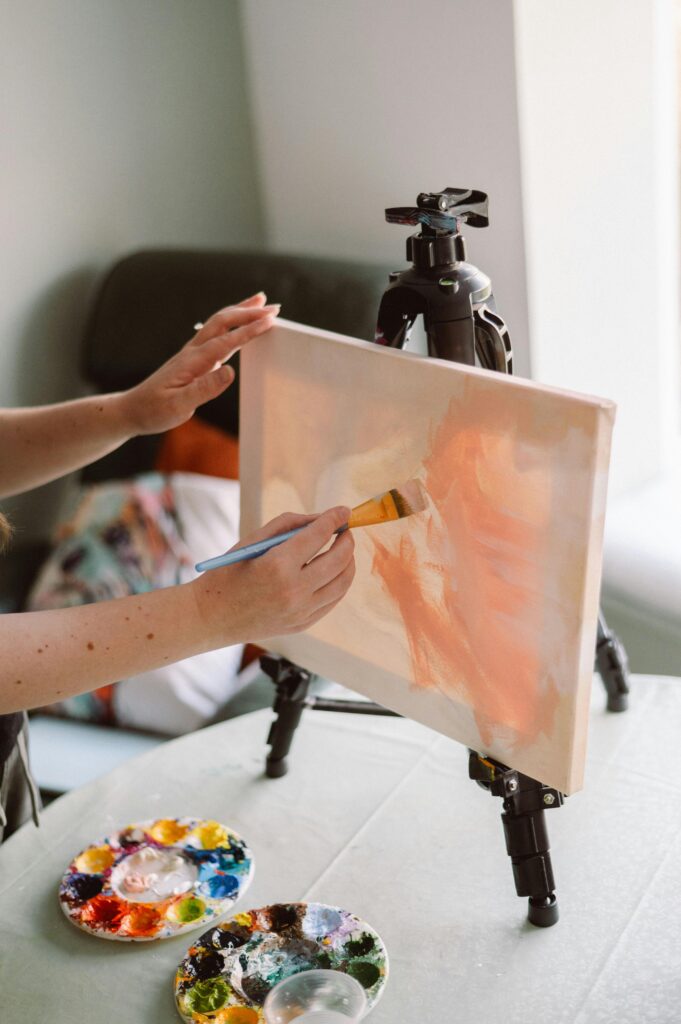
Have you noticed how your phone feels like a little art gallery now? Every few weeks there’s a new app, a fun filter, or some online space where people are showing and making art in ways that didn’t even exist a few years ago. The way artists share their work is changing fast, and it’s not just about posting on Instagram anymore, it’s opening up whole new ways of being seen.
Take Wplace, for example. It’s this giant online canvas where people from all over the world add their own doodles, symbols, and ideas. Millions of people can watch it grow and change every day. It feels messy, exciting, and full of energy, like a street mural that never ends.
At the same time, new tools that once felt super niche are now becoming part of everyday life for artists. Whether it’s digital drawing apps, platforms that connect you directly with buyers, or online spaces that let you collaborate with strangers across the globe, the options keep multiplying. And younger collectors? They’re finding artists online way more often than they are in galleries.
Now, the tricky bit. Keeping up with all these new platforms can feel exhausting. Just when you’ve finally learned one, another pops up and everyone’s talking about it.
But here’s the fun part, when you join something early, you usually get more room to stand out, to play, and to build an audience that actually cares about your work.
That’s what this article is about. We’ll look at the platforms and trends that are worth watching in 2025, the ones you don’t need to stress over, and how to make smart choices that fit your art and your energy. Because staying ahead doesn’t mean chasing every shiny thing, it means picking the ones that let your art shine the brightest.
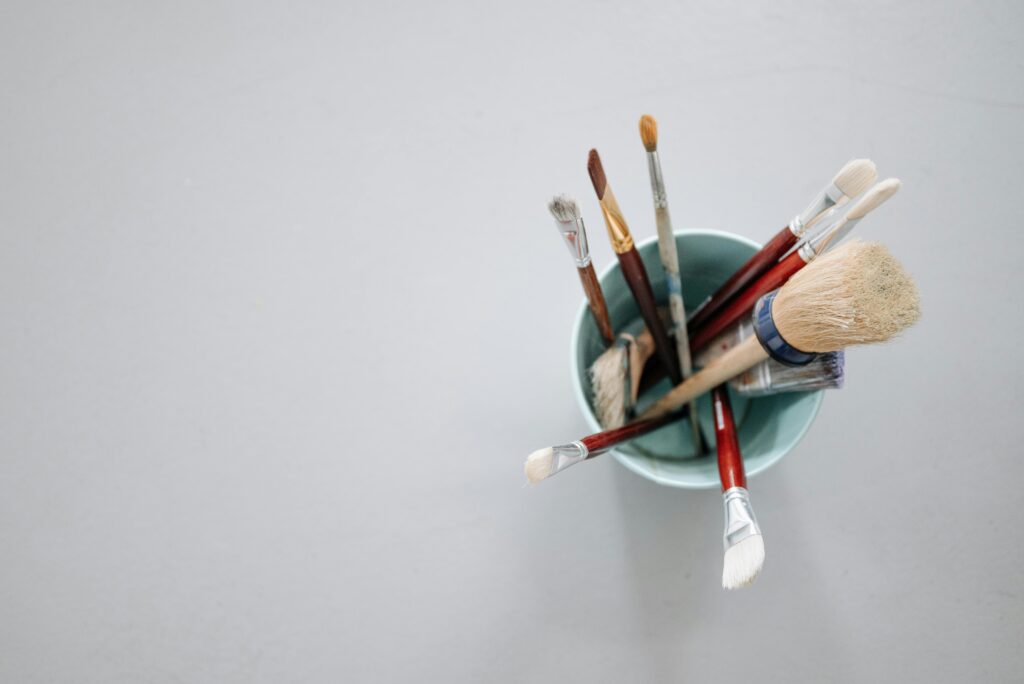
The “Shiny New Toy” Problem We All Fall For
It’s almost impossible not to get excited when a new app drops and everyone is suddenly on it. You see your favorite artist posting there, and within minutes you’re downloading the app too, thinking, “Okay, this might be the one that gets me noticed.” It feels like walking into a brand-new gallery opening with all the buzz and sparkle.
But let’s be honest, sometimes it’s just hype. You pour energy into figuring out how the platform works, only to realize it’s fading a month later. Remember when Clubhouse was “the future of everything”? Yeah, try finding it now. Platforms can be like shooting stars, fun to watch, but gone before you can really use them.
The challenge is learning to pause before jumping in. Ask yourself: is this new space actually where your audience hangs out, or is it just a playground for a few weeks? Sometimes the best move is waiting, letting the dust settle, and then deciding if it’s worth your time.
That doesn’t mean ignoring every shiny new app. Some do stick and grow, but the trick is not treating every launch as if it’s your golden ticket. If you’ve ever spread yourself too thin online, you know the burnout it causes.
The truth is, your art deserves more than being tossed into the chaos of every trend. If you try everything at once, your voice gets lost. Better to focus your energy where it can actually build something lasting.
So next time a new platform pops up and your group chat is buzzing, breathe. Watch how it unfolds. Jump in if it feels right, not just because everyone else is shouting “go, go, go.”
Why Early Birds Really Do Get the Worm
Being one of the first on a platform can feel scary, you’re basically testing out the unknown. But that’s also why it works. When there’s less competition, your work has a better chance of standing out. It’s like hanging your art in a gallery with fewer walls filled, you instantly get noticed.
Think about TikTok. Artists who started posting there early built audiences of hundreds of thousands before the app was even taken seriously. By the time everyone else caught on, those early artists already had visibility and community locked in. Timing made a huge difference.
It’s not just about followers though. Being early gives you freedom to experiment without the pressure of perfection. People are more forgiving when a platform is new, so your posts don’t need to be flawless. You can test ideas, try new formats, and get comfortable while the rules are still being made.
Of course, not every platform is worth the leap. But if you notice an app or site picking up traction with your kind of audience, it can be worth claiming your space sooner rather than later. It’s like reserving your spot at the front of the line.
Even if the platform doesn’t explode into the next big thing, you still gain experience. You’ll learn new ways to share your art, connect with people, and maybe even carry those lessons to the next platform. Nothing really goes to waste.
So, while not every early jump will pay off, sometimes being brave enough to step in first puts you way ahead of the curve. That little bit of boldness can change everything.
The Rise of Collaborative Canvases
One of the coolest shifts happening now is that platforms are making art feel more like a group project. It’s not just “me posting, you liking” anymore, it’s “us building something together.” That changes the whole vibe of sharing art online.
Take Wplace as an example. It’s basically a living, breathing mural where anyone can draw or drop symbols. Sure, it looks chaotic at times, but that’s the magic. It shows how digital platforms are no longer just galleries, they’re community studios.
For artists, this means thinking less about polished perfection and more about participation. People love being part of something bigger, and collaborative spaces give them that chance. Even a doodle can feel powerful when it adds to a global picture.
This trend also breaks down the idea that art only matters when it’s rare or exclusive. On these platforms, the value often comes from the experience itself, not just the finished piece. That’s a big shift from the old gallery model.
And for you? It’s a chance to test new ways of working with audiences. Maybe you invite your followers to suggest ideas, colors, or even shapes, and you weave those into your work. Suddenly, your art feels personal to them too.
Collaboration doesn’t erase individuality. Instead, it shows how your style can live inside a larger conversation. That’s powerful, and it’s something digital platforms are making easier than ever.
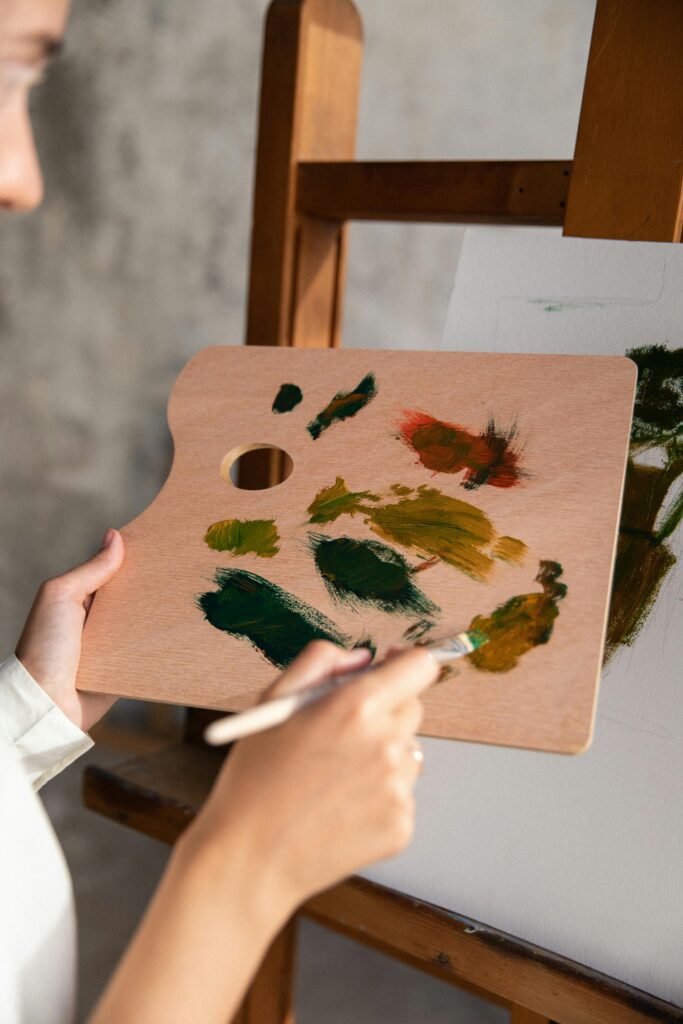
Algorithms Are the New Curators
Like it or not, algorithms have become the gatekeepers of the art world online. They decide whose work gets seen, how often, and by whom. It’s not a human gallery director curating anymore, it’s math, and it’s everywhere.
That can feel unfair, especially when you’re pouring your heart into posts that barely get noticed. But here’s the twist: once you learn how the algorithm works, you can use it to your advantage. Think of it like learning the “house rules” of a new game.
Most platforms reward consistency, interaction, and originality.
That doesn’t mean you have to post ten times a day, but it does mean showing up regularly and engaging with your audience matters more than ever. The algorithm loves that.
But algorithms aren’t just villains, they also create opportunities. They’re designed to push content to people who would probably never find you otherwise. One good post can snowball into reaching thousands, sometimes even millions, without you paying a cent.
The trick is not letting the algorithm control your art. Use it as a tool, but don’t twist yourself into something you’re not just to fit its preferences. The balance between authenticity and strategy is what really wins long term.
So yes, the algorithms can feel bossy. But when you learn to play smart, they can actually be the best curators you’ve ever had.
Digital Collectors Are Changing the Game
Remember when the only way to “collect” art was to buy a framed painting and hang it on your wall? That’s changing fast. A new wave of collectors is more comfortable buying, sharing, and even displaying art entirely online.
For younger buyers, digital feels natural. They already spend most of their time online, so owning art in a digital form doesn’t feel strange, it feels like an extension of their world. This shift is huge for artists who may not fit into traditional gallery spaces.
Platforms that allow easy purchase, sharing, and even resale of digital works are popping up all the time. While not all of them last, the trend itself is clear: collectors are meeting artists where they already are, online.
This also opens doors for artists who might have felt locked out of the old systems. You don’t need gallery approval to sell, just a good online presence and a platform that supports it. The gatekeepers are still there, but they’re not the only route anymore.
Of course, digital collecting raises new questions, about value, ownership, and even copying. But those conversations are part of the evolution, and artists who lean in now get to help shape the rules.
If you’ve ever wanted more control over how your art is bought and sold, this shift toward digital collectors is a space to watch closely.
Don’t Chase Every Platform, Pick Your Playground
With so many new apps and tools popping up, the temptation is to try them all, just in case one becomes the next Instagram. But honestly, that’s a recipe for exhaustion. The smarter move is choosing a few that fit your vibe and sticking with them.
Think of it like picking your favorite coffee shop. You could technically visit every one in town, but having a few spots you really love makes the experience better. Same with platforms. Choose the ones that actually feel fun and manageable, not the ones everyone else insists you “have to” be on.
Ask yourself: does this platform make me excited to share my work? Does it connect me with the kind of audience I want? If the answer is yes, then it’s worth your energy. If it’s a constant chore, that’s a red flag.
It’s not about doing less, it’s about doing better. When you focus on fewer platforms, you actually get to build deeper connections with people. You’re not just throwing content into the void, you’re building a community.
Plus, by narrowing down, you save more energy for the thing that matters most: making the art itself. After all, platforms are just tools, not the whole picture.
So instead of chasing everything shiny, pick your playgrounds wisely. You’ll enjoy the process more, and your audience will feel that too.
When Platforms Disappear Overnight
One of the scariest parts about relying on digital platforms is how fast they can vanish. You might spend months building an audience, then suddenly the app shuts down or changes its rules, and all that effort feels wasted. Remember Vine? It was full of creative people, and then one day, poof, gone. Artists had to scramble to start over somewhere else.
This isn’t just about old apps. Even big names can change their policies in ways that push artists out. Think of when Instagram started prioritizing videos over photos. Overnight, painters, illustrators, and photographers saw their reach drop. It wasn’t their fault, it was the platform shifting gears.
The lesson here isn’t to panic but to prepare. Instead of treating platforms like permanent homes, think of them as rented studios. They’re useful while they last, but you don’t want to leave all your tools there. Having your own website or mailing list keeps you safe.
That way, even if one platform disappears, you still have a direct connection to your audience. Your work doesn’t vanish because a company decided to pivot. You stay in control, and that control is priceless.
It’s also why experimenting across different spaces matters. If one shuts down, you’re not left stranded. You already know how to adapt and carry your people with you. That flexibility becomes one of your best tools.
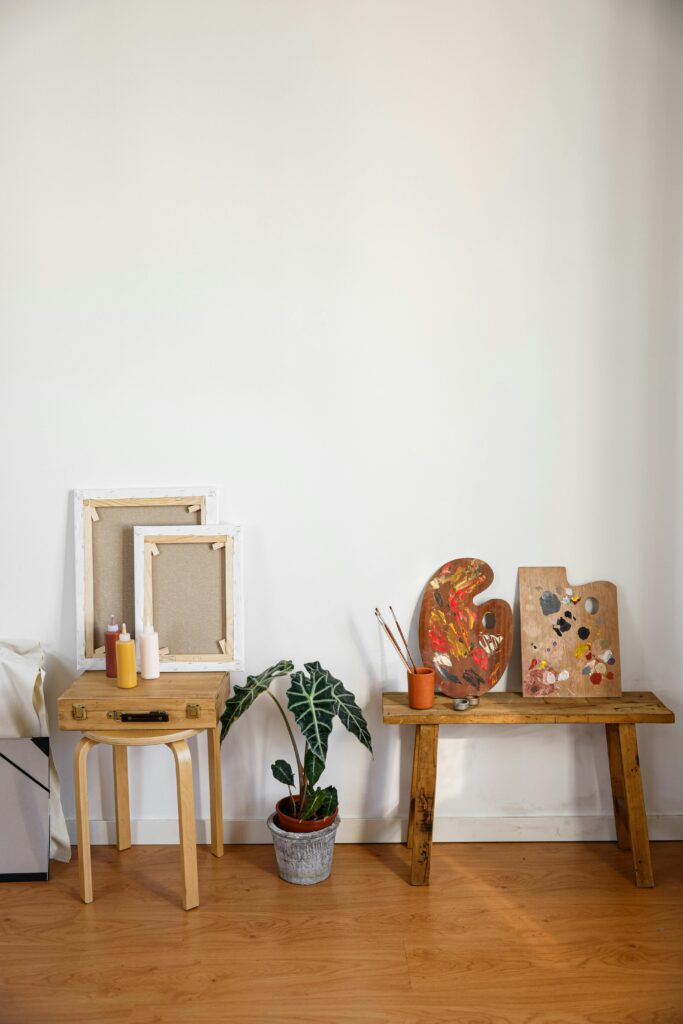
So yes, enjoy the buzz of new platforms, but keep your roots somewhere stable. Platforms may rise and fall, but your art deserves a foundation that lasts.
Micro-Communities Are the Real Secret Sauce
Big platforms can feel overwhelming, like shouting in a stadium where everyone’s talking at once. That’s where micro-communities come in. These smaller, niche spaces are becoming a powerful way for artists to connect with the right people without all the noise.
Think about it: a Facebook group for collage artists, a Discord server for illustrators, or a Substack for experimental photographers. These spaces may not have millions of users, but the ones who are there actually care. That’s the difference.
For artists, being part of a micro-community means you don’t have to fight for attention constantly.
Your work is seen by people who already share your interests and understand what you’re doing. That sense of belonging can be way more valuable than raw numbers.
The best part is, micro-communities often lead to real collaborations. You’re not just showing your art, you’re swapping ideas, feedback, and even opportunities. That kind of interaction feels more like a studio hangout than a competition.
And here’s the twist: many of these micro-spaces are where bigger trends start. If you’re plugged in early, you see what’s coming before it hits the mainstream. It’s like getting backstage access to the future.
So while big platforms matter, don’t underestimate the power of smaller, more focused ones. Sometimes the magic happens in the quiet corners, not the loud arenas.
The Myth of Going Viral
Every artist dreams of that one post exploding, reaching millions, and suddenly changing everything. The myth of “going viral” is everywhere, and while it can happen, it’s not the reliable path it’s made out to be. Virality is more like lightning, it’s unpredictable and hard to bottle.
Sure, viral moments bring visibility, but they rarely build lasting careers on their own. You might get a spike of attention, but unless you have a plan for what to do with it, the moment passes. And sometimes, the wrong post goes viral, one that doesn’t even represent your best work.
What actually builds momentum is consistency. Regularly showing up, sharing your process, and connecting with your audience creates a foundation. That’s what turns a single viral moment into something you can actually grow from.
Plus, chasing virality often leads to burnout. You start making content for the algorithm instead of for yourself, and the joy gets sucked out of the process. That’s when creativity feels more like a job you didn’t sign up for.
The real win is when your community grows steadily and sustainably. Those people stick around, buy your art, and support your journey, not just like a post once and disappear. Virality might bring the spotlight, but community keeps the lights on.
So if you’ve ever felt behind because nothing’s “gone viral” yet, breathe. Slow growth might not be flashy, but it’s the kind that lasts.
If you’re diving into new platforms and tech trends, having a polished catalog of your work makes all the difference. Imagine sharing a clean, professional digital booklet that not only shows your art but tells your story in a way that feels cohesive and impressive. The Artist Series Catalog Template takes the headache out of design so you can present your work beautifully whether you’re emailing curators, posting online, or linking it on one of these emerging platforms. It’s like carrying a gallery with you, ready to impress at a click.

Turning Tech into a Tool, Not a Trap
At the end of the day, platforms and tech trends are tools, not masters. They’re meant to support your art, not dictate it. But it’s easy to fall into the trap of shaping your creativity around what the app wants instead of what you want. That’s when it stops being fun.
Think of tech as your assistant, not your boss. It can help with visibility, collaboration, and even sales, but it should never override your voice. If a platform makes you twist yourself into something unrecognizable, it’s not the right fit.
The most successful artists online are the ones who stay authentic while still playing smart.
They use the tools without being used by them. They let trends inspire but not control. That balance makes the difference between burnout and joy.
It also helps to remind yourself that trends are temporary, but your work is not. Your style, your ideas, your message, those are timeless. Platforms may come and go, but your art is the thing that truly endures.
This mindset frees you up. Instead of stressing over every change, you focus on what excites you. Tech becomes a playground again, not a pressure cooker. And that shift is powerful.
So yes, stay curious, explore what’s new, but always keep the steering wheel in your hands. Tech is there to serve your art, not the other way around.
